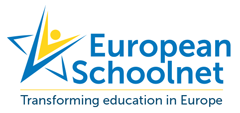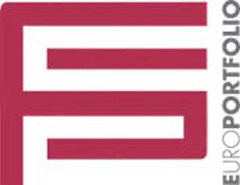Three Models of Centres of Learning and Teaching
Freiburg (GER)/ Barcelona (E)/ Amsterdam (NL), March 2025 – (by Tanja Kraemer-McCaffery, Gemma Mas Crespo, Peter van Baalen) Within the last three decades, we have seen big changes within the teaching and learning sector of Higher Education organisations in Europe. Starting from the Bologna reform in 1999, there has been a growing focus on mobility and internationalisation, quality management, and an explosion of diverse and specialised course programs, including in continuous education, flanked by an ever-increasing and ongoing digitalisation. These developments have led to new areas of activity for faculties and teachers as well as to the proliferation of new professional roles within the university.
Consequently, a "Third Space", has emerged, whose members often act as change agents in multiprofessional teams, providing services for students and teachers and building new bridges between administration and academia. Organised traditionally in separate units, there has been the realisation that shared strategic planning and coordination, agile cooperation and visibility are essential to support students and teachers optimally and develop the area of teaching and learning further. This insight has led to an increased interest in new organisational structures that provide a common "roof" for those units and allow their deep integration to deliver a "One-Stop-Service" to their customers: Centres for Teaching and Learning (CTLs).
The League of European Research Universities (LERU) has also discussed and investigated the rise of CLTs and their potential for its member universities and published a briefing paper entitled "Centres for Teaching and Learning at LERU Universities in an Age of Digital Education", which examines the evolving functions of Centres for Teaching and Learning (CTLs) in the context of digital education.
This paper is the result of a study undertaken by LERU digital education experts that analysed CTLs from the initial function of improving teaching and learning development at universities to a more complex ecosystem of functions that require different units, services, professional roles and structures. This evolution reflects the growing significance of digital education and the diverse approaches adopted by universities, influenced by the particular university context in terms of culture, strategies, policies, etc.
Based on practices at LERU universities, the study identified three different organisational designs for CTLs, each with its own advantages and challenges. These three models are flexible and global designs (in terms of schemas), related to digital education, which can be combined in different ways according to the university context, culture and strategic priorities, resulting in an infinite number of possible combinations.









